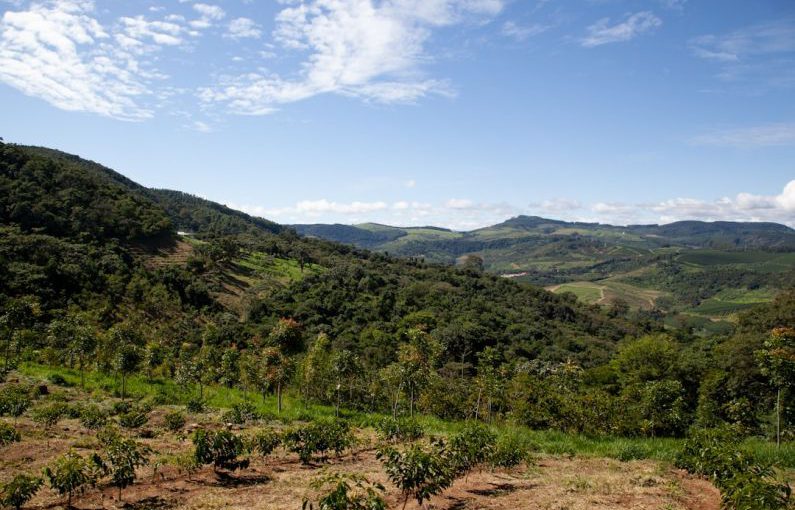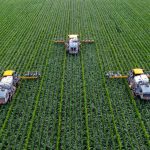Agroforestry is a sustainable land management system that integrates trees and shrubs with crops and/or livestock. This innovative approach brings together the benefits of agriculture and forestry, creating a harmonious ecosystem that enhances productivity while preserving the environment. By combining elements of both sectors, agroforestry offers a multifaceted solution to the challenges faced by modern agriculture, such as soil degradation, biodiversity loss, and climate change. Let’s delve deeper into the concept of agroforestry and explore its numerous advantages.
Enhancing Biodiversity and Ecosystem Services
One of the key benefits of agroforestry is its ability to enhance biodiversity and provide a range of ecosystem services. By planting trees and shrubs alongside crops, agroforestry systems create diverse habitats that support a wide variety of plant and animal species. This biodiversity not only helps to maintain the health of the ecosystem but also increases resilience to pests, diseases, and extreme weather events. In addition, agroforestry systems can improve soil fertility, prevent erosion, and promote water conservation, thus contributing to the overall sustainability of agricultural practices.
Diversifying Farm Income and Improving Resilience
Agroforestry also offers economic benefits to farmers by diversifying their sources of income. By growing a combination of trees, crops, and livestock, farmers can spread their risks and reduce their dependence on a single commodity. This diversity not only helps to stabilize farm income but also improves resilience to market fluctuations and climate variability. Moreover, agroforestry products such as fruits, nuts, timber, and medicinal plants can provide additional revenue streams for farmers, further enhancing the economic viability of these systems.
Promoting Climate Change Mitigation and Adaptation
In the face of climate change, agroforestry plays a crucial role in both mitigation and adaptation strategies. Trees and shrubs sequester carbon from the atmosphere, helping to mitigate greenhouse gas emissions and reduce the impact of climate change. Furthermore, agroforestry systems can help farmers adapt to changing climatic conditions by providing shade, windbreaks, and moisture regulation for crops and livestock. By integrating trees into agricultural landscapes, agroforestry helps to buffer the effects of extreme weather events and build resilience to the challenges posed by a changing climate.
Supporting Sustainable Land Use and Conservation
Agroforestry promotes sustainable land use practices by combining the productive elements of agriculture with the protective functions of forests. By preserving and enhancing natural resources, agroforestry helps to maintain the health of the soil, water, and air, ensuring the long-term sustainability of agricultural production. Moreover, agroforestry can play a critical role in conservation efforts by restoring degraded landscapes, protecting biodiversity hotspots, and creating corridors for wildlife migration. By fostering a balance between human activities and natural ecosystems, agroforestry contributes to the conservation of biodiversity and the preservation of ecosystem services.
Embracing a Holistic Approach to Agriculture and Forestry
In conclusion, agroforestry represents a holistic approach to land management that blends the best practices of agriculture and forestry into a unified system. By harnessing the synergies between trees, crops, and livestock, agroforestry offers a sustainable solution to the challenges facing modern agriculture while promoting environmental conservation and economic prosperity. As we strive to build a more resilient and sustainable food system, agroforestry stands out as a promising model that integrates the principles of agroecology, biodiversity conservation, and climate-smart agriculture. By embracing the concept of agroforestry, we can create a more harmonious relationship between humanity and the natural world, ensuring the well-being of both present and future generations.





